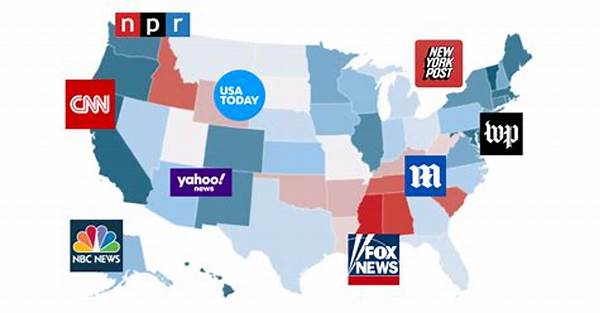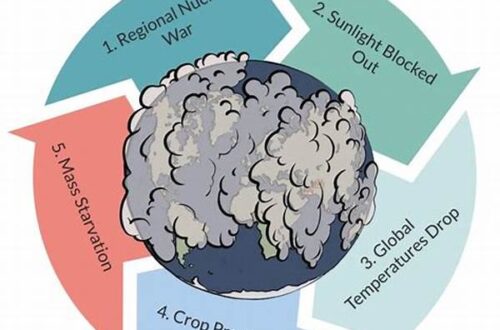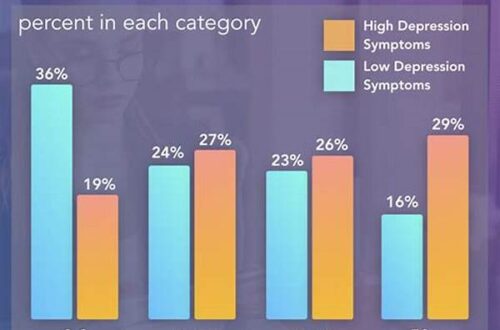In today’s interconnected world, the role of news outlets has become increasingly pivotal in shaping public perception about global conflicts. With varying degrees of objectivity and bias, news outlets significantly influence how war and its multifaceted perspectives are reported and understood. The dissemination of information often reflects not only the reality on the ground but the overarching narratives favored by different stakeholders.
Media Influence on War Perspectives
News outlets play a crucial role in framing war perspectives by selecting which aspects of conflict are accentuated and which are overlooked. In their pursuit to cover stories, these outlets often face pressures that stem from political affiliations, economic interests, and audience expectations. Consequently, the portrayal of wars may vary dramatically, depending on the source. For instance, nationalistic news outlets might emphasize themes of patriotism and valor, while international media may adopt a more critical stance, focusing on human rights violations and diplomatic repercussions.
Moreover, the evolution of digital platforms has magnified the reach and impact of news outlets. Social media, in particular, allows rapid dissemination and amplification of war perspectives, sometimes at the cost of accuracy and depth. The challenge remains in ensuring responsible journalism that balances immediacy with integrity. With authoritative narratives competing with citizen journalism, the audience faces the task of navigating through information to discern reality. Thus, the responsibility rests on both news producers and consumers to critically evaluate and engage with war narratives.
Challenges in Balanced War Reporting
1. News outlets often grapple with balancing national interest and unbiased reporting to provide fair war perspectives.
2. Financial and political influences can skew how news outlets present war perspectives, hindering impartiality.
3. In-depth coverage is sometimes compromised by the instantaneous nature of modern media dissemination.
4. War-focused narratives by news outlets can significantly impact public opinion and policy-making processes.
5. The proliferation of digital platforms further complicates the landscape, as news outlets strive to maintain credibility while adapting to new media formats.
Analyzing Bias in News Coverage
Understanding the bias inherent in news coverage is critical when analyzing how news outlets report on conflicts. Bias can manifest through language choice, the emphasis on specific details, and the omission of certain viewpoints. For instance, a news outlet might prioritize military success stories, thereby indirectly legitimizing the conflict, while downplaying humanitarian issues. Such selective reportage can skew public understanding, inadvertently aligning audience perspectives with the outlet’s implicit agenda.
Recognizing these biases helps audiences critically evaluate the information they receive. It underscores the necessity for news consumers to engage with diverse sources to obtain a holistic view of war perspectives. In a world where the lines between fact and opinion are often blurred, transparency and accountability in journalism become cornerstones of an informed society. Therefore, encouraging media literacy enhances the public’s ability to discern between factual reporting and subjective interpretations, fostering a more nuanced understanding of global conflicts.
Strategies for Objective Journalism
1. News outlets are encouraged to diversify their sources to cover multiple sides of war perspectives.
2. Employing fact-checking mechanisms enhances the reliability of conflict-related reports by news outlets.
3. Training journalists in ethical reporting practices is essential to mitigate bias in depicting war perspectives.
4. Transparent editorial policies bolster the trustworthiness of news outlets among their audiences.
5. Collaborating with independent watchdogs can help news outlets maintain integrity in presenting war perspectives.
6. Constructing narratives with a focus on human impact rather than solely on military statistics could provide more balanced perspectives.
7. Incorporating voices of civilians affected by conflict lends authenticity to war coverage by news outlets.
8. Prioritizing editorial independence allows news outlets to resist external pressures, providing impartial war perspectives.
9. News outlets should invest in investigative journalism to ensure comprehensive reporting of complex war dynamics.
10. Continuous evaluation and adaptation of reporting strategies empower news outlets to responsibly shape war perspectives.
Challenges in Maintaining Editorial Independence
Maintaining editorial independence is an ongoing challenge for news outlets, especially in wartime. The influence of governmental policies, advertiser interests, and corporate ownership can sometimes lead to compromised reporting. Despite these pressures, many journalists strive to uphold the principles of independence, ensuring that war perspectives remain balanced and reflective of the truth.
Editorial independence is crucial for fostering trust between news outlets and their audiences. By resisting external interference, journalists can investigate and report freely on conflicts, providing transparency and accountability. Ultimately, editorial independence empowers news outlets to convey authentic war perspectives, supporting an informed and discerning public.
The Impact of Technology on Reporting
As technology evolves, the impact on how news outlets report war perspectives becomes more pronounced. The rise of mobile journalism and the use of AI in newsrooms are transforming the speed and manner in which information is conveyed. While these advancements present opportunities for innovation, they also pose challenges concerning the accuracy and depth of war reporting.
Technological innovations allow news outlets to reach broader audiences, yet the pressure to deliver instantaneous news can lead to superficial coverage. Consequently, while the capacity for comprehensive storytelling is enhanced, ensuring factual integrity remains paramount. It is essential for news outlets to strike a balance between leveraging technology and preserving the core values of responsible journalism, safeguarding the accuracy of war perspectives disseminated to the public.
Summary and Reflection
In conclusion, the interaction between news outlets and war perspectives is a complex and dynamic process that greatly influences public consciousness. News outlets become conduits through which these perspectives are shaped, challenged, and redefined, with the potential to act as agents of change or confirm entrenched biases. Hence, the integrity of news outlets in presenting equitable perspectives is indispensably linked to the democratic fabric of society.
As audiences grapple with a deluge of information, the capacity for critical engagement with news content becomes imperative. By supporting diverse perspectives and prioritizing journalistic ethics, news outlets can contribute to a more nuanced understanding of war and its ramifications. Therefore, fostering an environment where audiences are equipped with analytical tools to assess news critically continues to be of paramount importance as the world navigates the complexities of modern conflicts.





